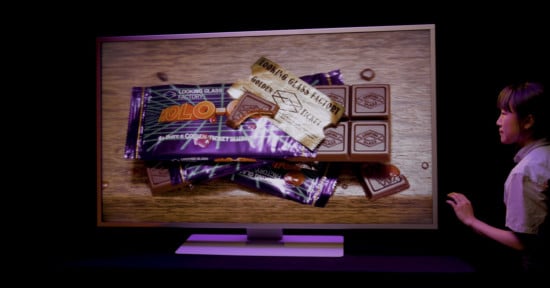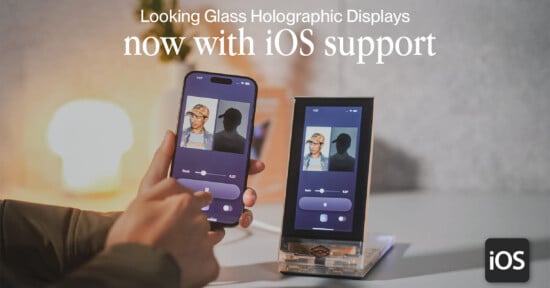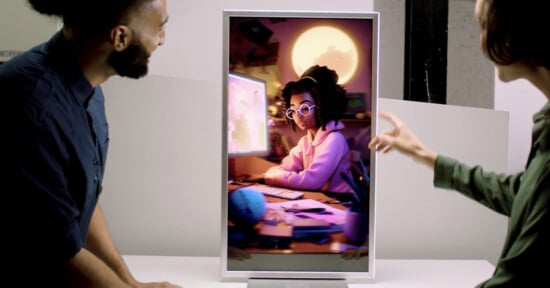27-inch Looking Glass Light Field 3D Display Is Its Most Powerful Yet

Looking Glass announced a new 27-inch three-dimensional light field display, calling it the most powerful in its lineup to date. The new screen is optimized for delivering 3D experiences to groups of users simultaneously, is iPad-powered, and features 5K resolution with 16 inches of virtual depth.
The new display joins the company’s 16-inch and 32-inch “holographic” monitors it announced last May and the massive 65-inch 8K version it debuted in 2022. While its new 27-inch monitor isn’t the largest in its lineup, Looking Glass says that it nonetheless marks a “major milestone” in its mission to deliver 3D visual experiences beyond single-user limits.
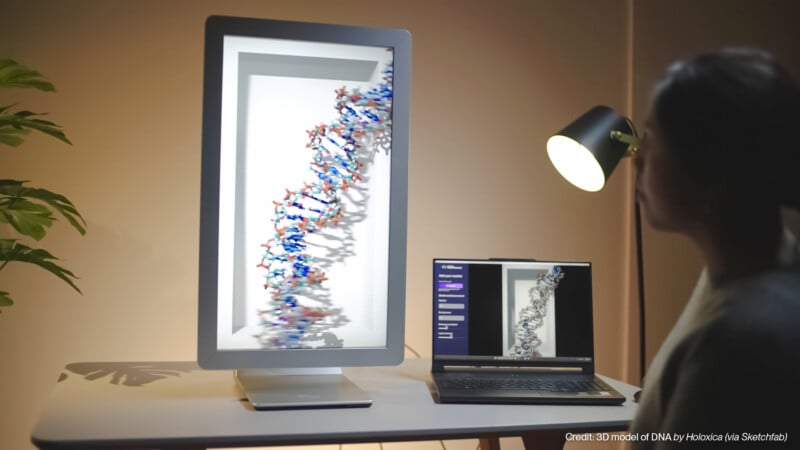
Looking Glass is competing in the same general space as companies like Meta with its Oculus line and Apple with its Vision Pro, but it’s doing so quite differently. While there are social aspects to the headsets produced by competitors, using an Oculus or a Vision Pro is for solo viewers. It’s not possible to share the same experience with someone sitting next to a wearer unless that second user also has their own headset. Even then, it’s arguable both people are still experiencing content individually. Looking Glass, through its ever-expanding monitor lineup, is trying to shake that up.
“This is a breakthrough moment for 3D,” Shawn Frayne, CEO and Co-Founder of Looking Glass, says. “With the new 27-inch display, we’ve combined major hardware and software advances to cut system costs and dramatically reduce compute requirements. It’s never been easier for developers and enterprises to build, test, and then deploy applications for their audiences in 3D.”
The Looking Glass 27-inch promises to project 45 to 100 perspectives simultaneously to create a “seamless 3D” experience within a 53-degree cone, allowing groups of users to enjoy the same content at the same time on the same screen. The 5K resolution brings a high level of visual fidelity, the company says, which helps replicate depth, the characteristics of materials, and lighting effects as they would appear in the real world. The 16 inches of virtual depth promise to make content feel as though it is actually there, Looking Glass says.
“With 5K fidelity in a thin format (just one inch thick), but producing an amazing 16 inches of virtual depth, the 27-inch display unlocks stunning multi-user 3D experiences, whether in research, training, or live activations. Recent software breakthroughs even enable the displays to be powered by iPads, delivering a roughly 35% system-level cost reduction over its predecessor,” Looking Glass says.
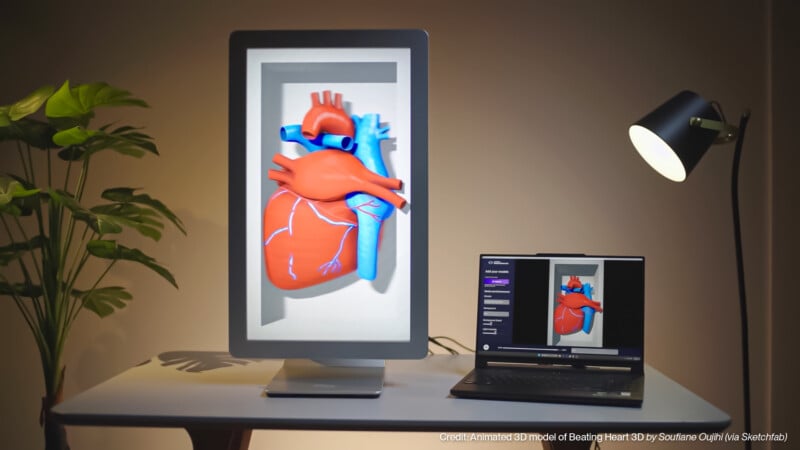
As far as cost goes, Looking Glass is firmly the most expensive option in the virtual spaces market — at least compared to other consumer options. The Looking Glass 27-inch will retail for $10,000, although it is offering a slight discount for those who order before April 30: $8,000. It will ship in one of two configurations, portrait, and landscape, so unlike traditional monitors, it’s not capable of being both. Looking Glass expects to ship units starting in June.
Image credits: Looking Glass Factory
